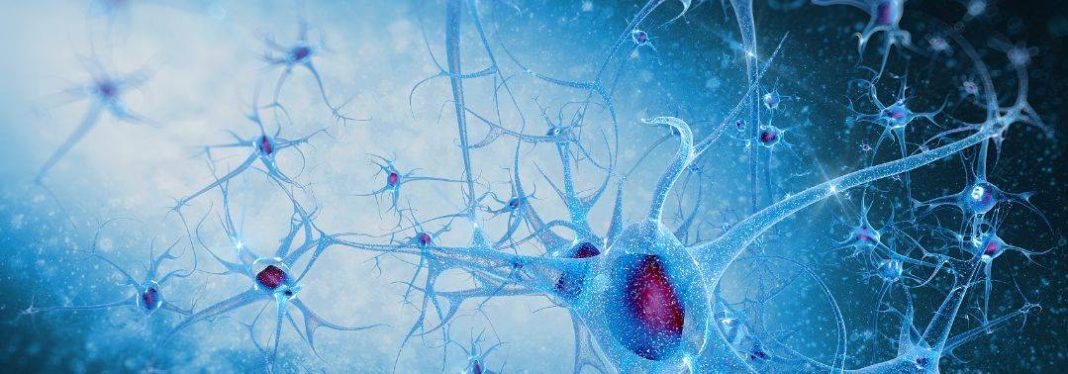Transcranial magnetic stimulation (TMS) as an advanced non-invasive, painless therapeutic method, its core is based on the principles of electromagnetism. This technology releases a powerful current instantaneously through a specialized coil charged capacitor, generating a strong magnetic field that penetrates the skull. This magnetic field induces weak induced currents inside the brain, triggering a series of complex physiological and biochemical cascaded reactions, thereby modulating neural activity, promoting functional recovery and behavioral improvements, achieving therapeutic goals.
What unique advantages does transcranial magnetic stimulation therapy offer compared to traditional methods?
Compared to traditional electrostimulation therapy, TMS demonstrates significant superiority: no need for surgical opening of the skull, completely non-invasive and painless, avoiding the risks of local damage and pain, ensuring a high level of safety during the treatment process. Additionally, TMS can precisely regulate neural activity, with a wide range of applications covering various nervous system and mental health disorders. The pulsed magnetic field released has no radiation, and no long-term side effects, providing patients with a safer and more effective treatment option.
What health issues can transcranial magnetic stimulation therapy address?
Mental health field: effectively addressing various mental disorders such as schizophrenia, anxiety disorders, depression, bipolar disorder, and paranoid schizophrenia, as well as complex conditions like autism, OCD, and mental retardation.
Sleep disorders: significantly improving issues like insomnia, early awakening, and vivid dreams, enhancing overall quality of life for patients.
Neurological diseases: covering sequelae of cerebrovascular disease, Parkinson’s disease, epilepsy (low-frequency TMS can be used as an adjuvant therapy), and muscle tension disorders among various neurological conditions.
Obstetrics and pediatrics diseases: including emotional disorders during pregnancy and postpartum recovery issues, as well as childhood ADHD, Tourette’s syndrome, and other psychological and behavioral disorders in children and adolescents.
Pelvic floor dysfunction: providing treatment support for pelvic floor-related issues like urinary, bowel, sexual dysfunction, and chronic pelvic pain.
Pain management: effectively relieving various chronic pains like neck, shoulder, back, and joint pain, as well as neuropathic pain.
Suboptimal health state adjustment: enhancing adaptability, work efficiency, improving emotional well-being, memory, and attention, alleviating chronic fatigue and pre-exam anxiety.
4. How is the treatment schedule for transcranial magnetic stimulation therapy arranged?
TMS treatment is usually conducted in cycles, each cycle consisting of 15-20 sessions, with 3-5 sessions per week. The specific frequency and timing are adjusted flexibly based on the patient’s actual condition and treatment effectiveness. Doctors will tailor personalized treatment plans according to the patient’s specific situation to ensure maximum therapeutic effectiveness.


